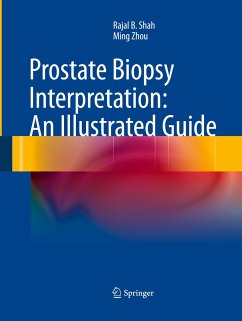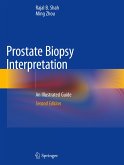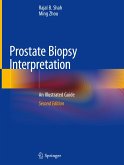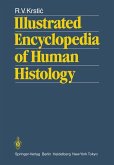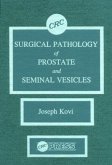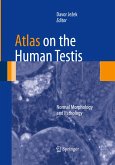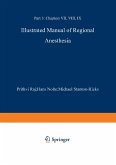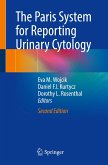This book covers all the practical issues related to the interpretation of prostatic biopsies in day-to-day practice, including: biopsy sampling and processing; the diagnosis of limited cancer; differentiation of prostate cancers from benign lesions and recognition of histologic variants; the recognition and clinical significance of "atypical" diagnoses and HGPIN; the identification of recently described entities; the contemporary approach to Gleason grading; the utility of immunohistochemical markers and emerging molecular markers; and the reporting of prostate biopsies. Algorithms, flow charts, and tables are used throughout to simulate the thought and decision-making process upon encountering common clinical scenarios during sign-out of prostate biopsy. The book is richly illustrated with carefully selected, high-quality color images and will appeal especially to practicing surgical pathologists as well as pathology residents and fellows in training.
From the reviews:
"This text is derived from a course that the 2 authors presented at a national meeting over the course of several years. ... The emphasis of the text is on problems that may arise in examining prostate biopsies ... . The authors have done a wonderful job of bringing their well-received course to the printed page. ... This text is likely to find a place on the shelves of many pathologists who interpret prostate needle biopsies." (Andrew Renshaw, Advances in Anatomic Pathology, Vol. 20 (2), March, 2013)
"This text is derived from a course that the 2 authors presented at a national meeting over the course of several years. ... The emphasis of the text is on problems that may arise in examining prostate biopsies ... . The authors have done a wonderful job of bringing their well-received course to the printed page. ... This text is likely to find a place on the shelves of many pathologists who interpret prostate needle biopsies." (Andrew Renshaw, Advances in Anatomic Pathology, Vol. 20 (2), March, 2013)

